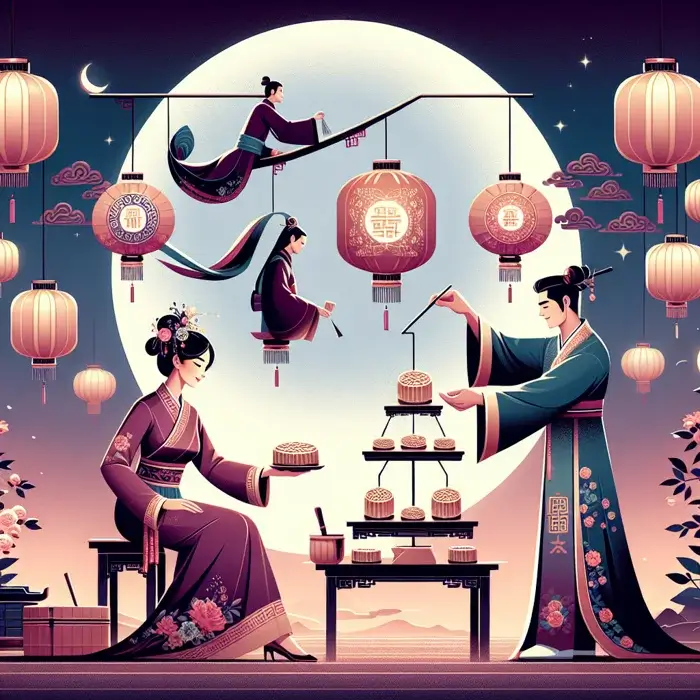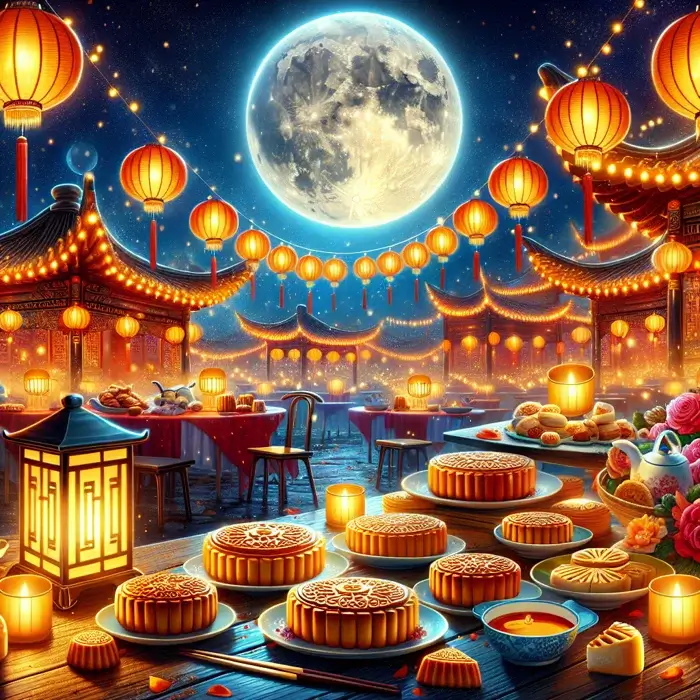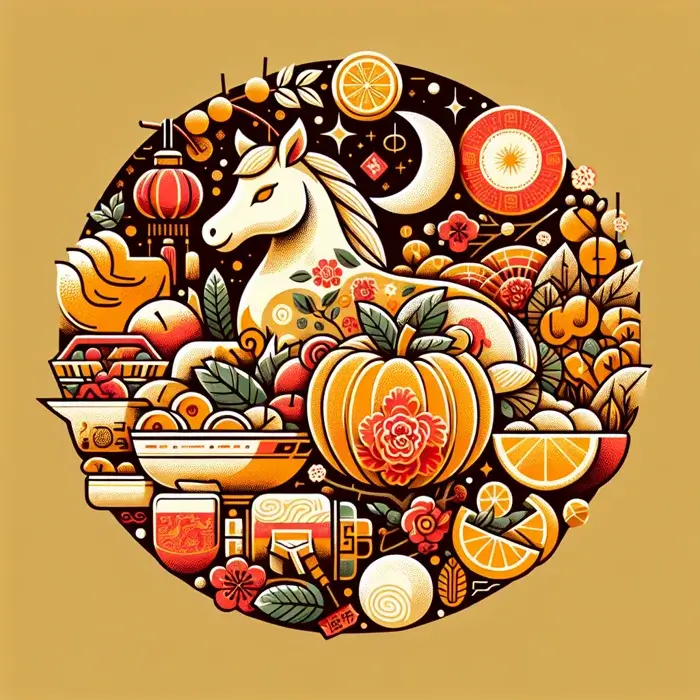Mid-Autumn Festival in China
Use our holiday API to get the exact date of Mid-Autumn Festival in China in every year.
Introduction

The Mid-Autumn Festival, widely popular by the name of Moon Festival, is one of the greatest traditional holidays in China. This event is greatly celebrated with dancing and singing of traditional songs. The Mid-Autumn Festival signifies family reunion and sharing of mooncakes and lantern processions. This article will discuss the meaning, celebration, history, and interesting things about the Mid-Autumn Festival in China.
The Meaning of Mid-Autumn Festival
The festival is a time for gathering, thanksgiving, and prayers. The main harvest and full moon celebration, this particular day is said to have the brightest full moon. The festival connotes unity and harmony when families gather to appreciate the yielding of nature and reflect on the unity within their family unit.
Date and Observance
The Mid-Autumn Festival is celebrated on the 15th day of the 8th Moon month of the Chinese lunar calendar, which usually falls from late September to early October. In 2025, the festival will take place on October 5. It is a celebrated public holiday in China where family reunions are common, and it is a festive occasion.
What Are the Celebrations of the Mid-Autumn Festival?

Family Reunions
Family is at the center of the Mid-Autumn Festival. Families get together and share a meal while admiring the full moon. Relative members living away from home often return at this time so that it is an occasion for joy and togetherness.
Mooncakes
Mooncakes are a must during the festival. These round pastries represent reunion and completion. The main varieties are lotus seed paste, red bean paste, and egg yolk. Traditionally, mooncakes are given to friends and family for good wishes.
Lantern Displays
People carry lanterns in different shapes and designs to light up the night during the festivities. Most communities organize lantern displays and parades, thereby adding a glitter and shine to the festivity. Lantern carrying is enjoyed by both the young and old as a celebration of light amidst darkness.
Cultural Performances
The Mid-Autumn Festival offers myriad cultural performances, from traditional music and dance to dragon and lion dances. These performances are held in public places, where one's ears find delight.
Public Holiday Observance

Banks, schools, and some businesses all close during the Mid-Autumn Festival to allow people to partake in the celebrations. Museums and cultural sites, however, are open, hosting special events or exhibitions that center on the history and traditions associated with the festival.
Historical Background
It was believed that the origin of the Mid-Autumn Festival can be traced back to about 3,000 years, during the early dynastic period in China. At first, it was a harvest festival, but gradually, legends came to be attached to it, one being the legend of Chang'e, the Moon Goddess. As the legend goes, Chang'e drank an elixir of immortality and flew up to the moon where people worship her during this very festival.
Its modern form was moved into place during the Tang Dynasty (618–907 AD), and during the Song Dynasty (960–1279 AD), it gained massive popularity. The Mid-Autumn Festival would not have been established as a public holiday in China until the early 20th century, which wed it to become an all-charmed custom.
Conclusion
The Mid-Autumn Festival, apart from being a public holiday in China, encapsulates the love of family, culture, and unity. With an enchanting history coupled with cultural relevance, it continues to be an auspicious time for pilgrimage and celebration. Whether sitting around sharing mooncakes, walking beneath the lanterns, or simply basking in the magnificent full moon, the festival embodies the undying ties of love and family.